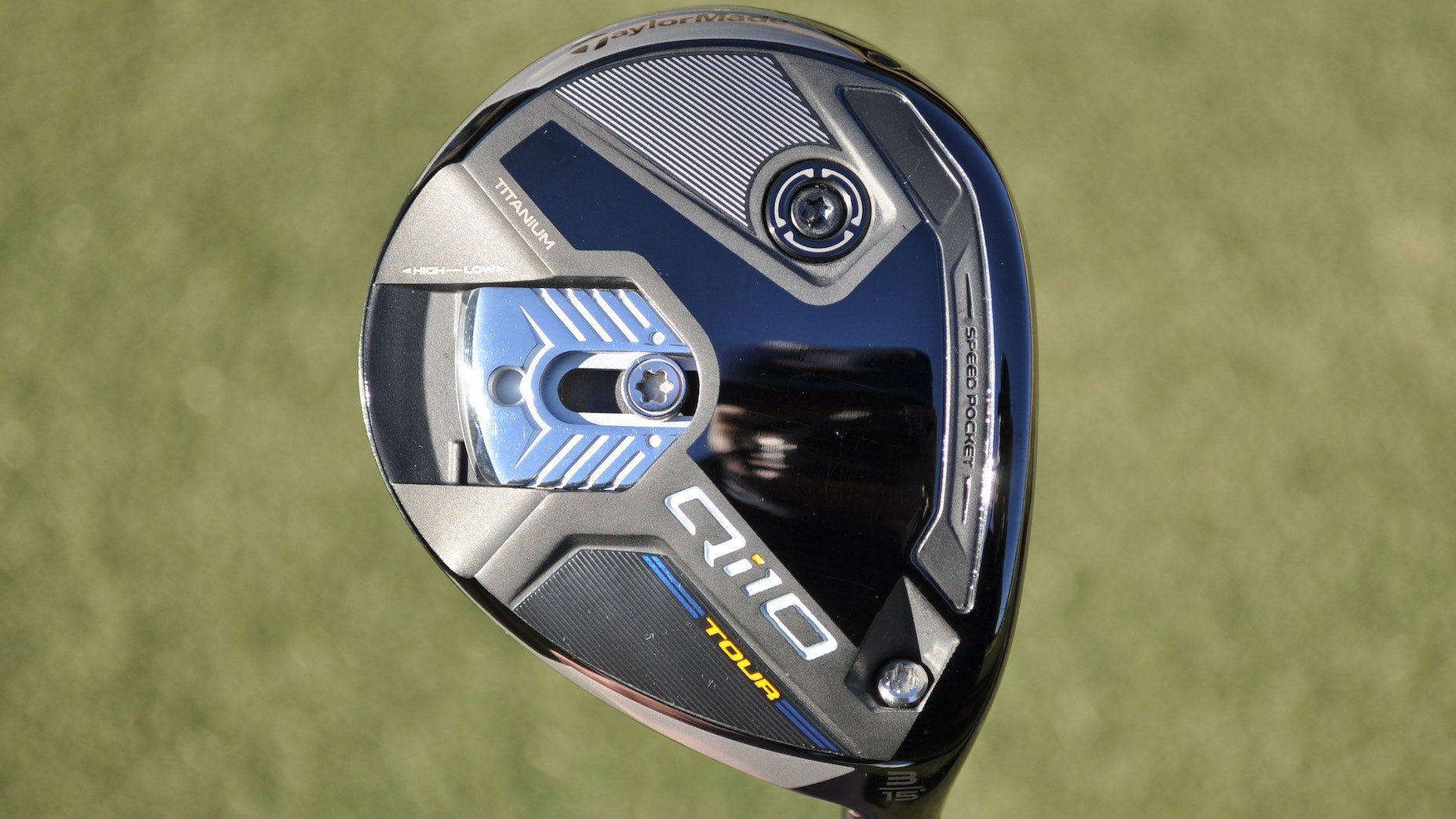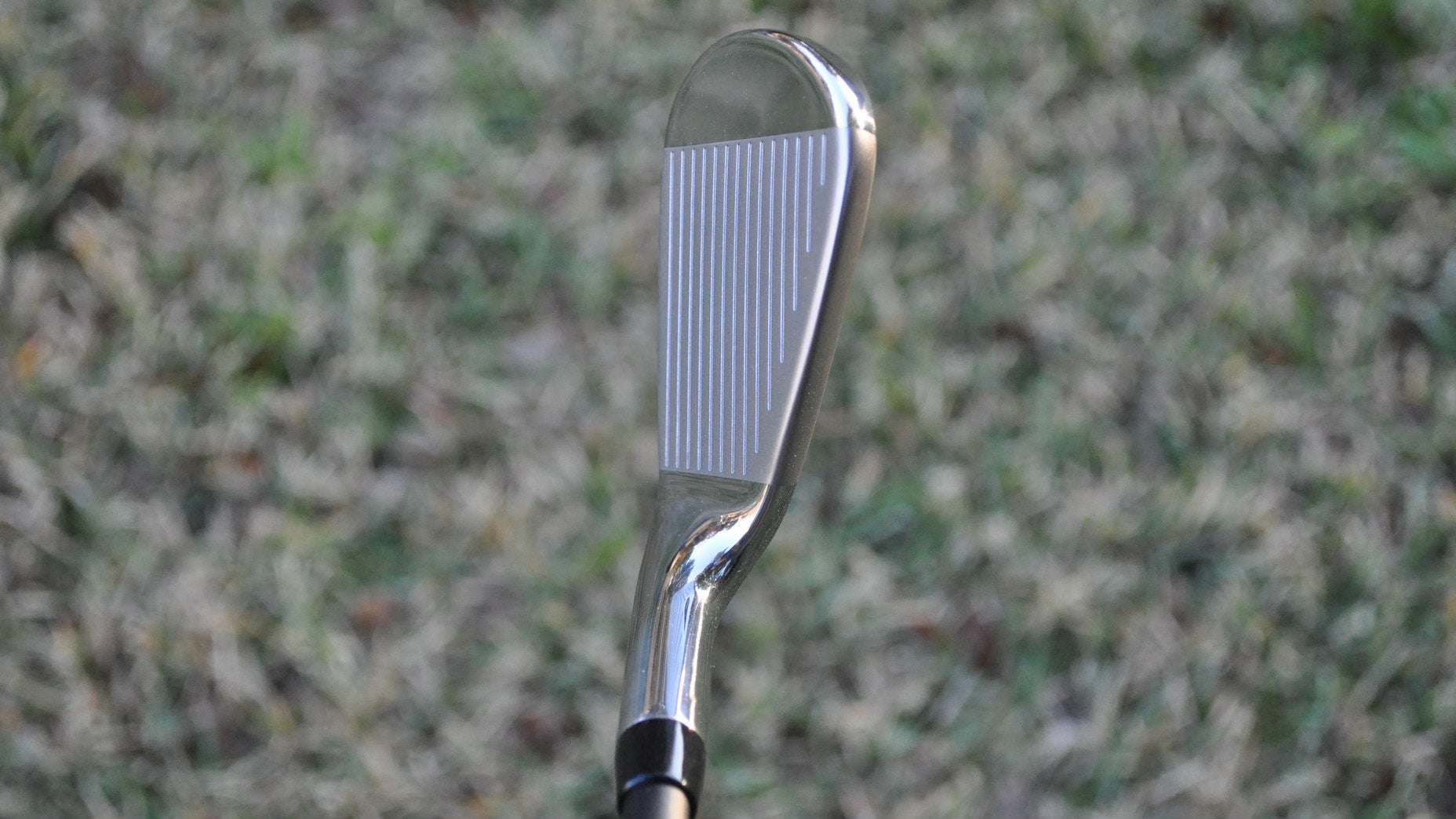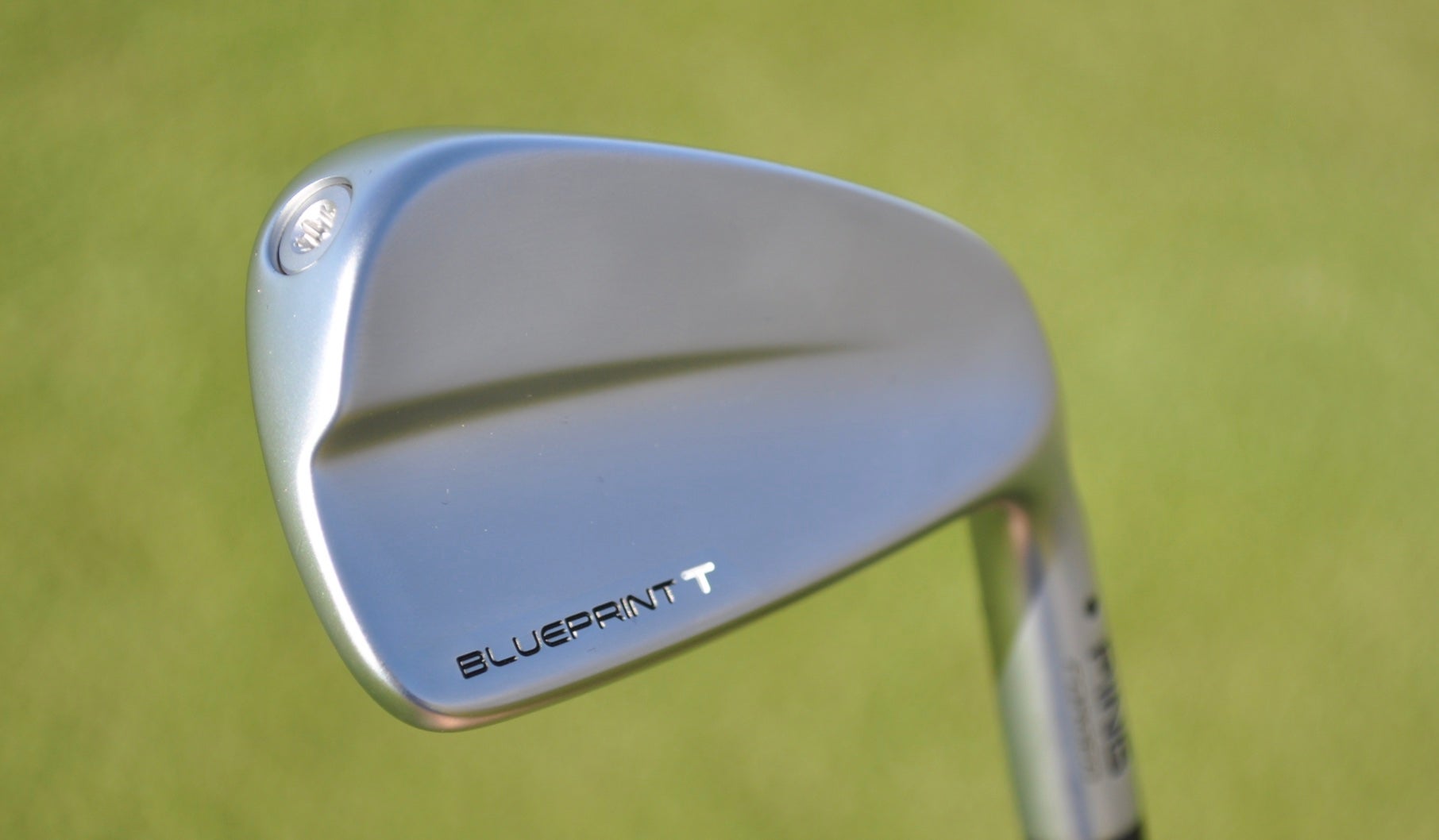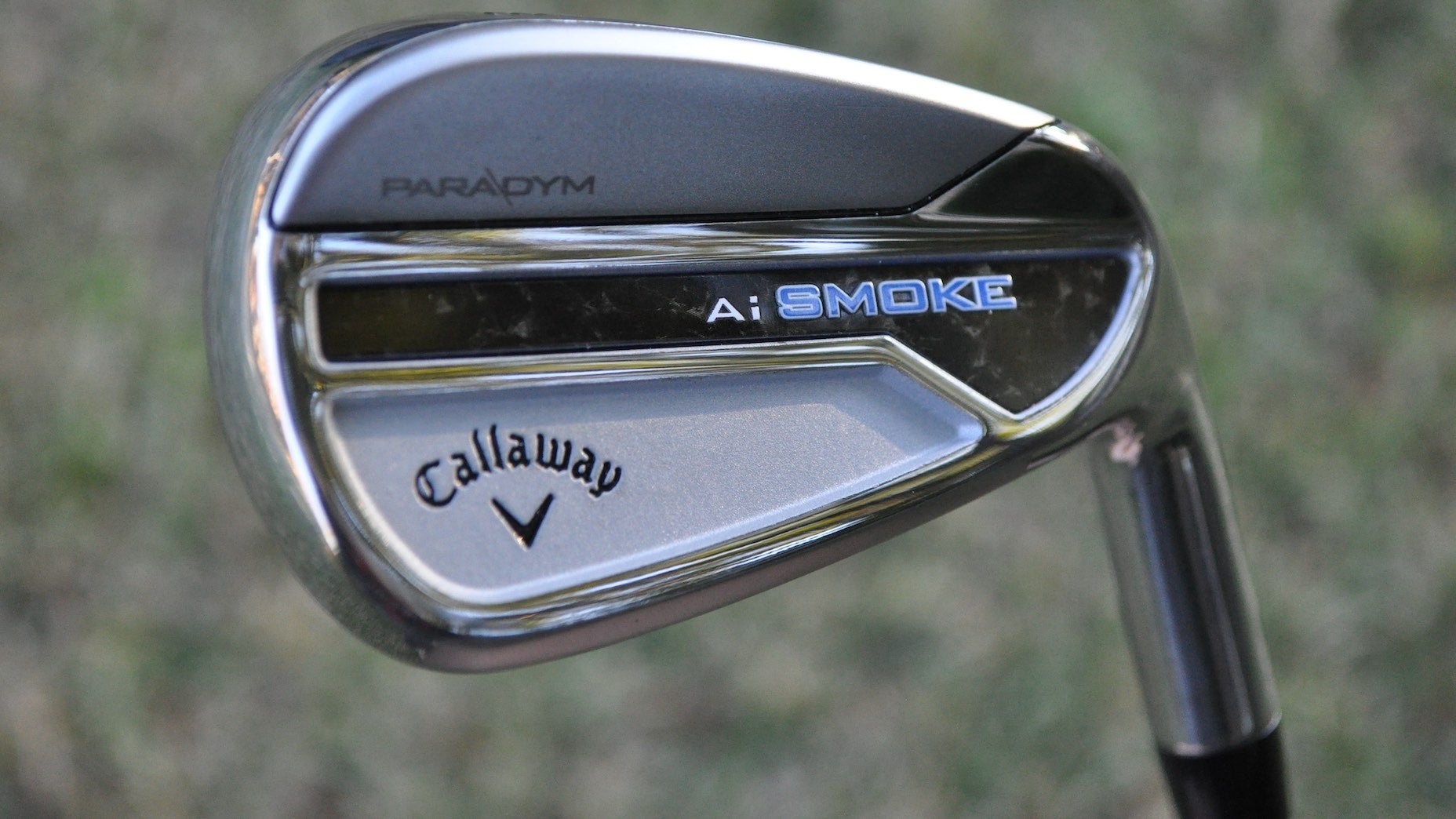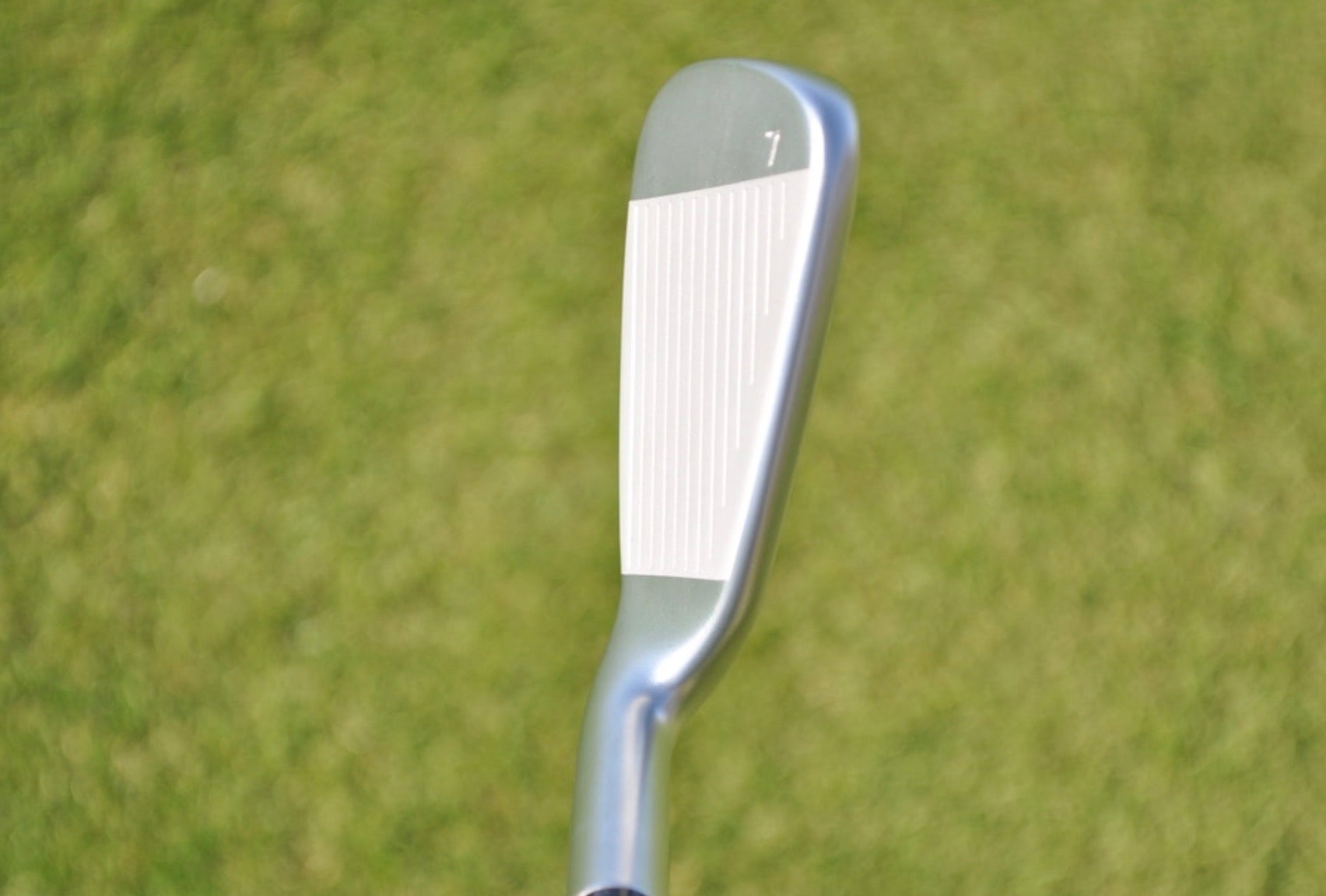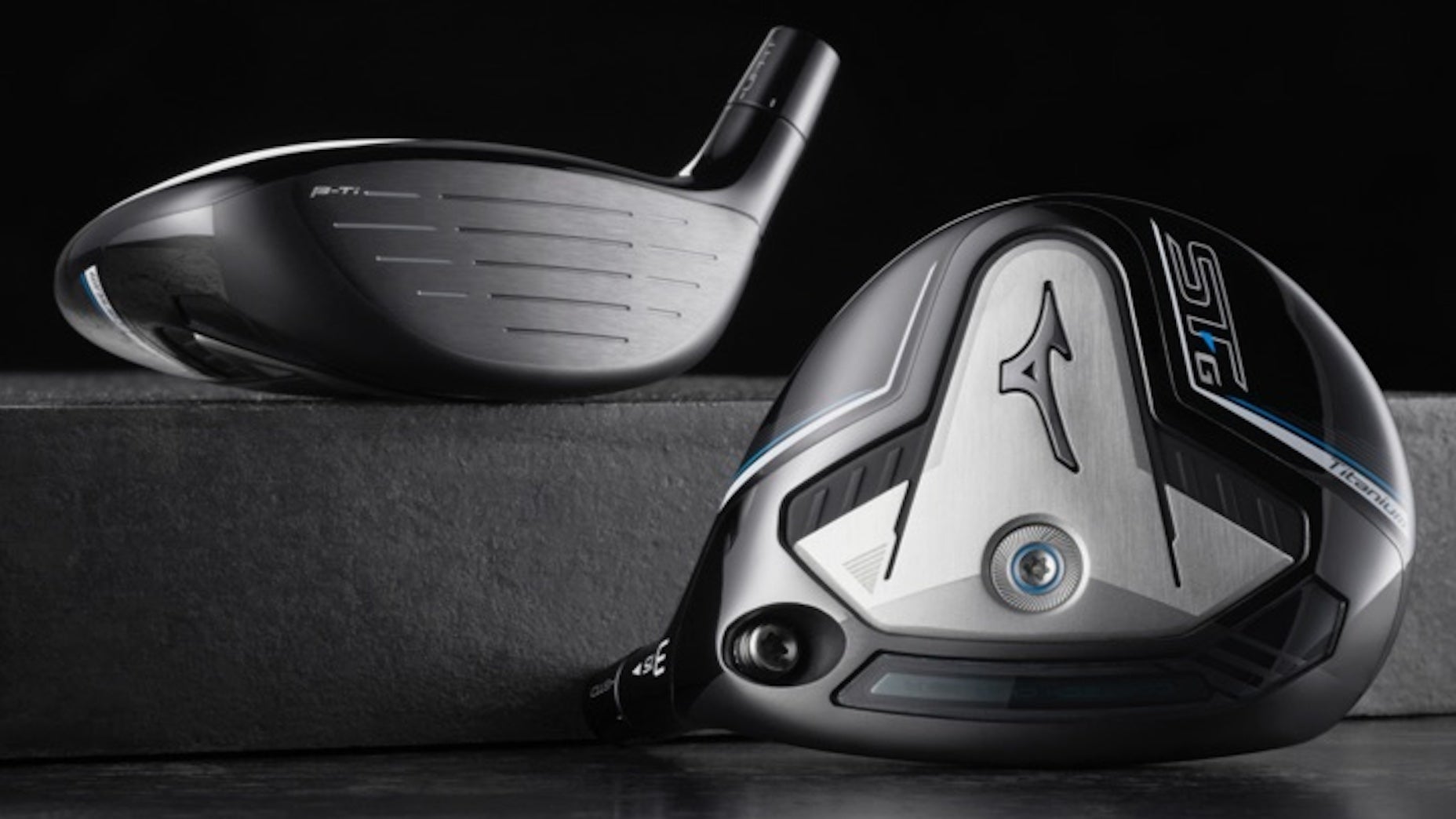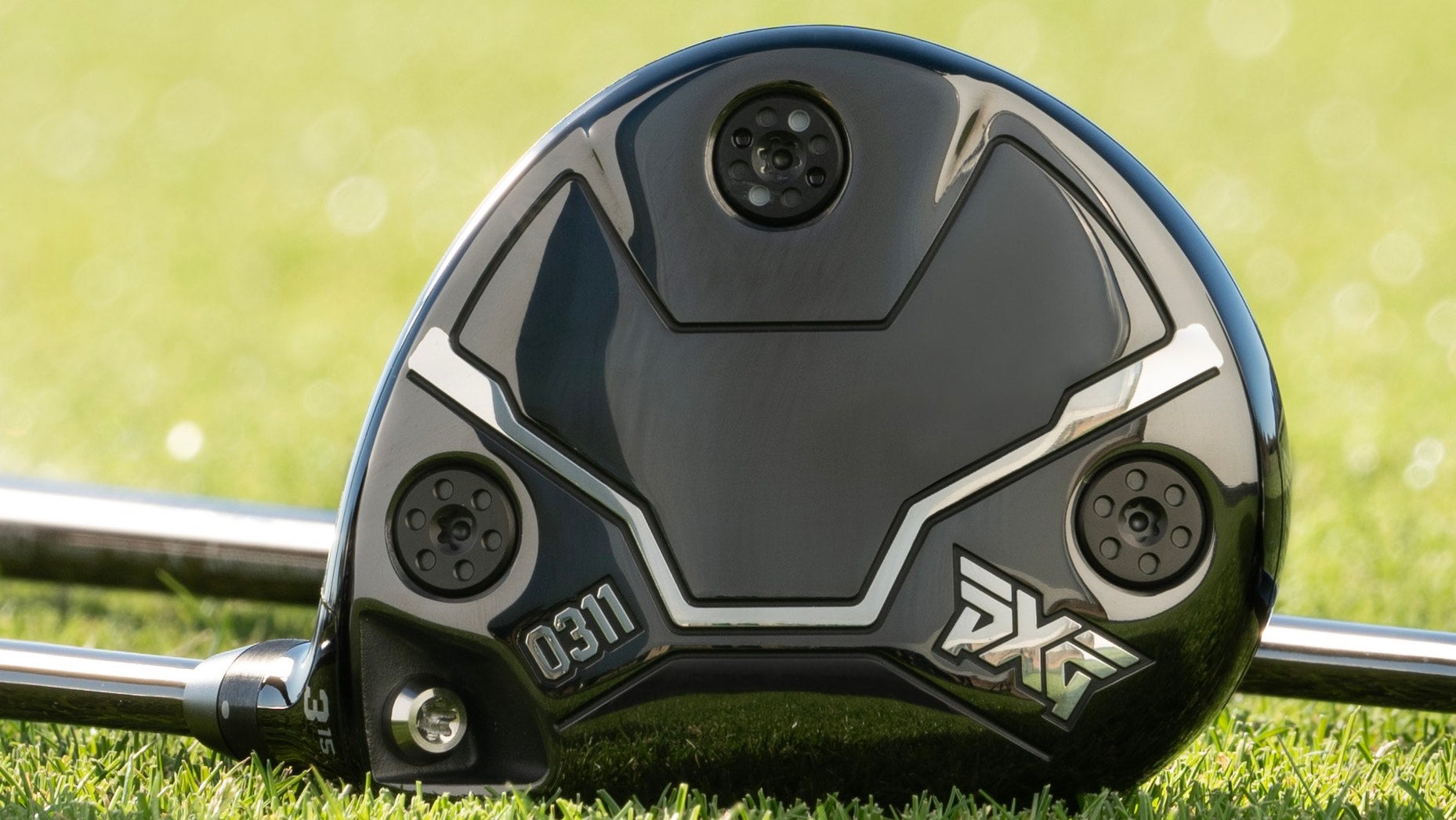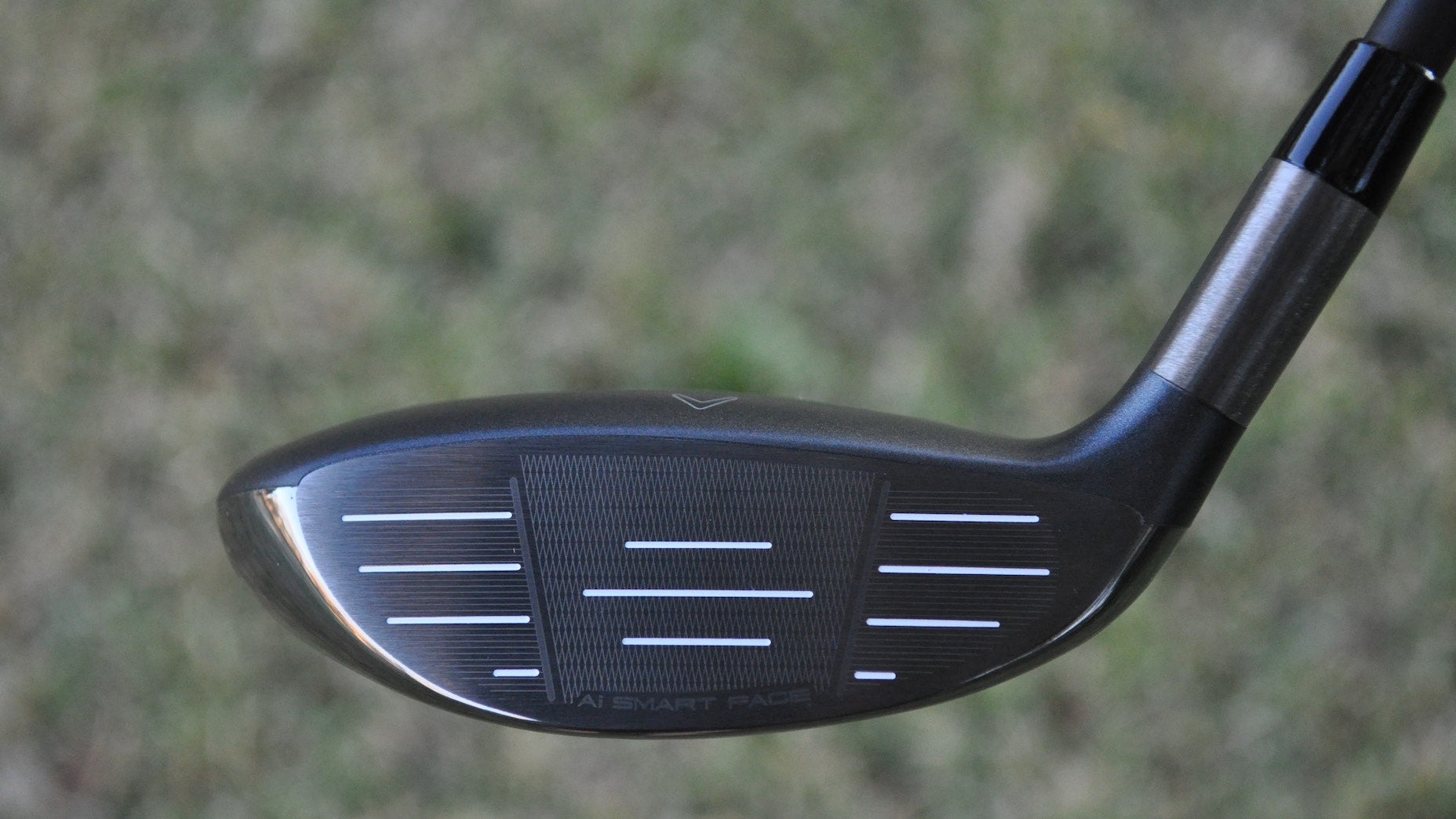If you’re like a large swath of the golfing population, yellow golf balls are a common sight during practice (or warmup) sessions on the range. The bright color makes the ball easy to spot, which is a good thing for the guy who’s tasked with picking the range.
They also happen to be significantly cheaper — the ball composition makes it easier to purchase in bulk — than the premium balls that see action on the course.
A run-of-the-mill range ball is typically comprised of an inexpensive rubber core and thick, yet durable, Surlyn cover that’s designed to withstand thousands of strikes. A layer of paint is sometimes added as well to help extend the life of the cover.
Compare the range ball composition to that of a multi-piece, urethane premium model and it’s easy to see why you’d never want to rely on a well-worn yellow pellet on the course. The performance from one shot to the next is unpredictable.
Golfers would no doubt see wild swings in distance, dispersion and spin if they chose to use a range ball on the course, but how wild would the swings actually be?
In the latest edition of GOLF.com’s RoboTest series, Golf Laboratories’ swing robot hit a medium-to-slightly-worn range ball against a popular premium ball at average swing speeds to see how they stacked up with the driver (105 and 95 mph), 5-iron (85 mph) and pitching wedge (80 mph).
With the driver, there was a 12-yard drop-off in distance at both 95 and 105 mph with the range ball compared to the premium version. The range ball also had double the lateral dispersion with the driver — a number that further confirms why you should never rely on a worn range ball if you’re running low on golf balls during a round.
“What was so interesting is that was an average of 10 hits,” said Golf Laboratories founder Gene Parente. “Some shots would only go 2 or 3 yards less. Others would go 25 yards less. The deviation was triple to quadruple what it was with the premium ball. The robot is hitting it perfectly straight each time, so it’s the golf ball that’s the problem.”
A similar situation played out with the 5-iron, where the range ball was 8 yards shorter but it also had a range that was four times larger than the premium ball, meaning there was a wider distance band.
With the pitching wedge, the range ball wound up being 4 yards longer than the premium due to a significant downturn in spin — the range ball spin rate was half that of the premium ball — that resulted in a lower launch and more distance.
Conclusion: Don’t use a range ball on the course. That’s the obvious conclusion. The numbers also highlight something else golfers might not be considering. Unless your range uses high-end premium urethane golf balls, it’s time to stop pouring over the yardages during a range session. Instead, work on your takeaway, impact position and tempo.
The unpredictability of even a slightly worn range ball is reason enough to stop focusing on carry yardages. Chances are the numbers you’re seeing on the range aren’t an accurate representation of what you’d see on the course.
Want to overhaul your bag for 2022? Find a fitting location near you at GOLF’s affiliate company True Spec Golf. For more on the latest gear news and information, check out our latest Fully Equipped podcast below.



